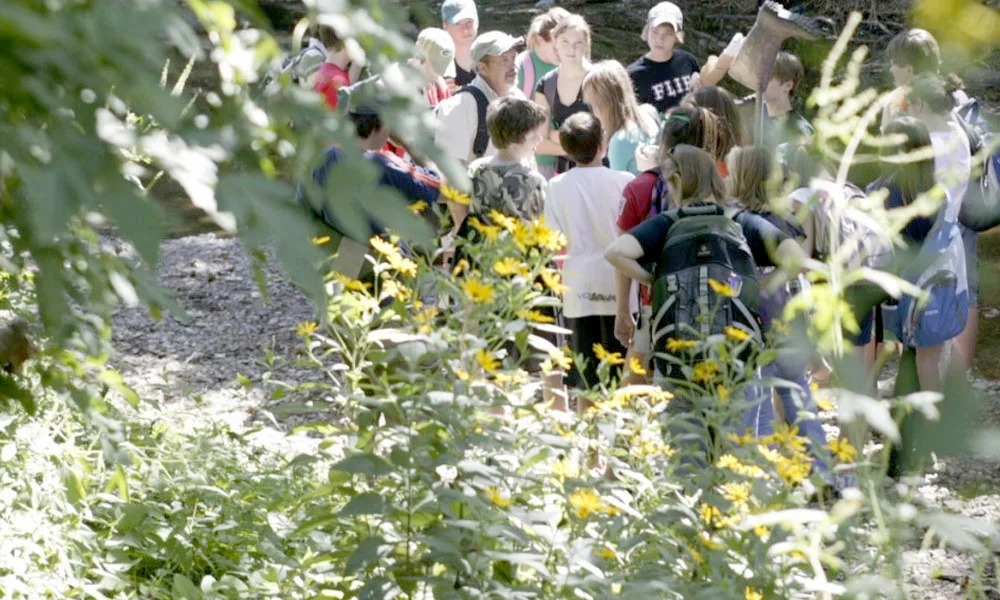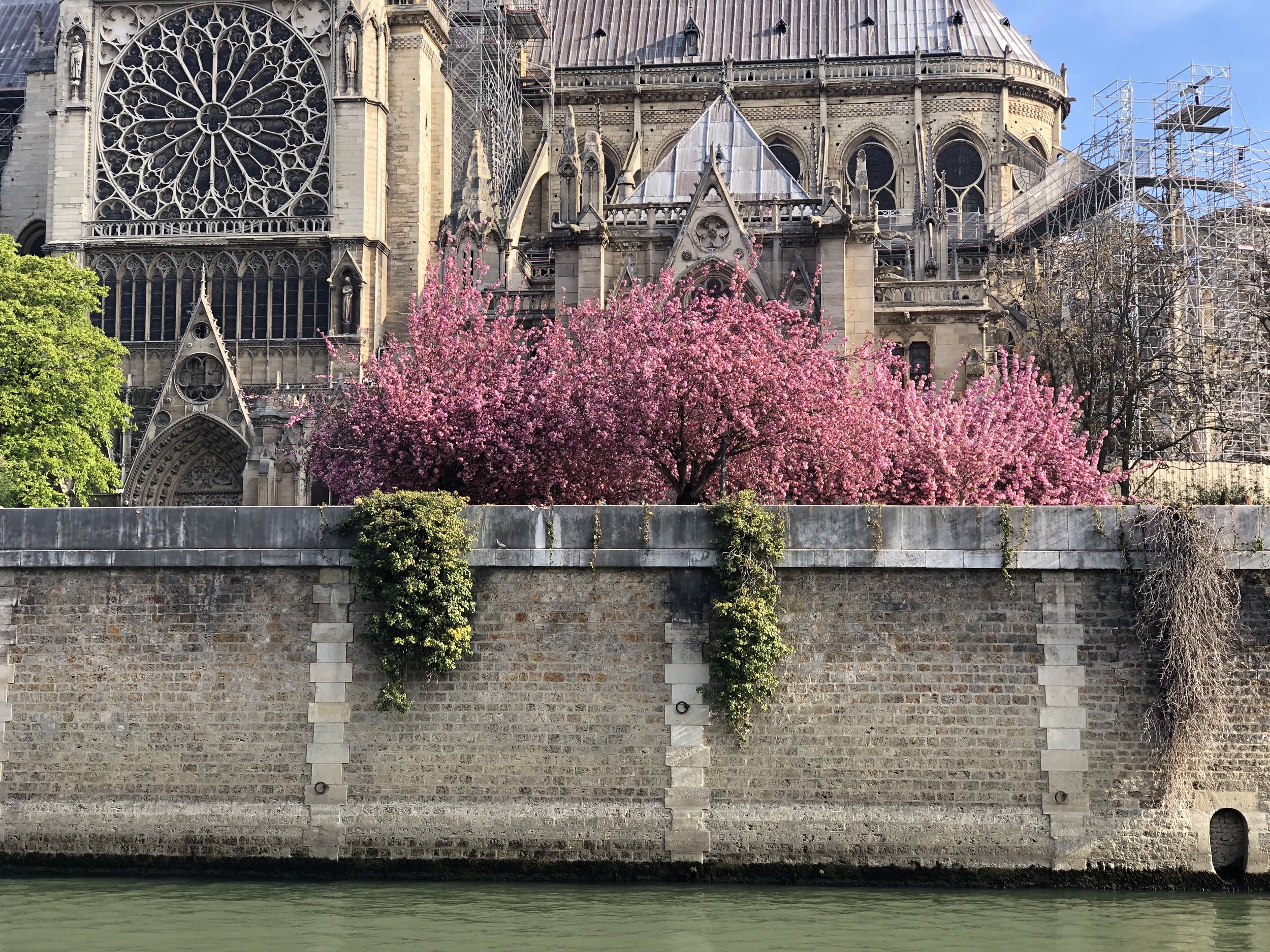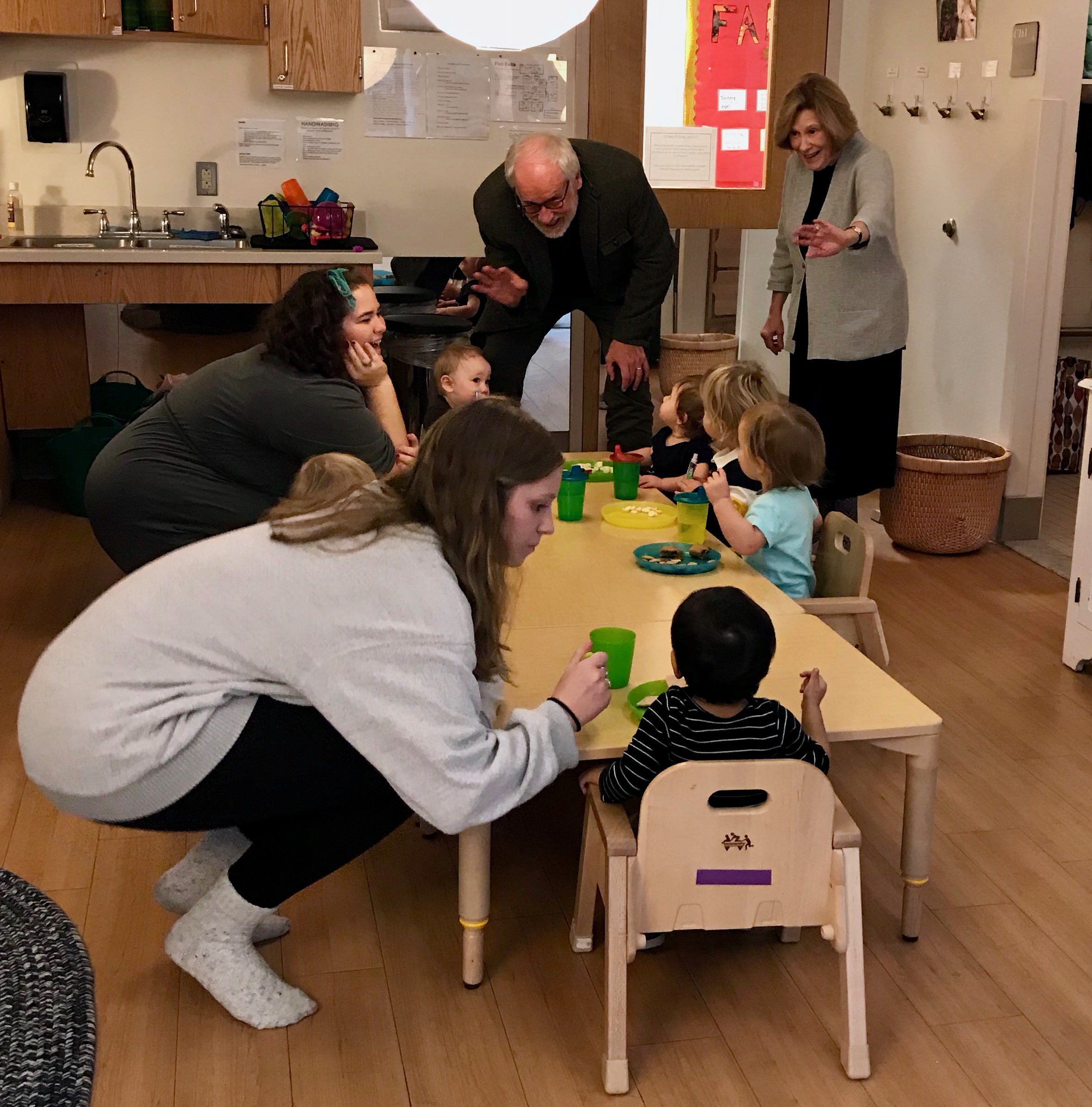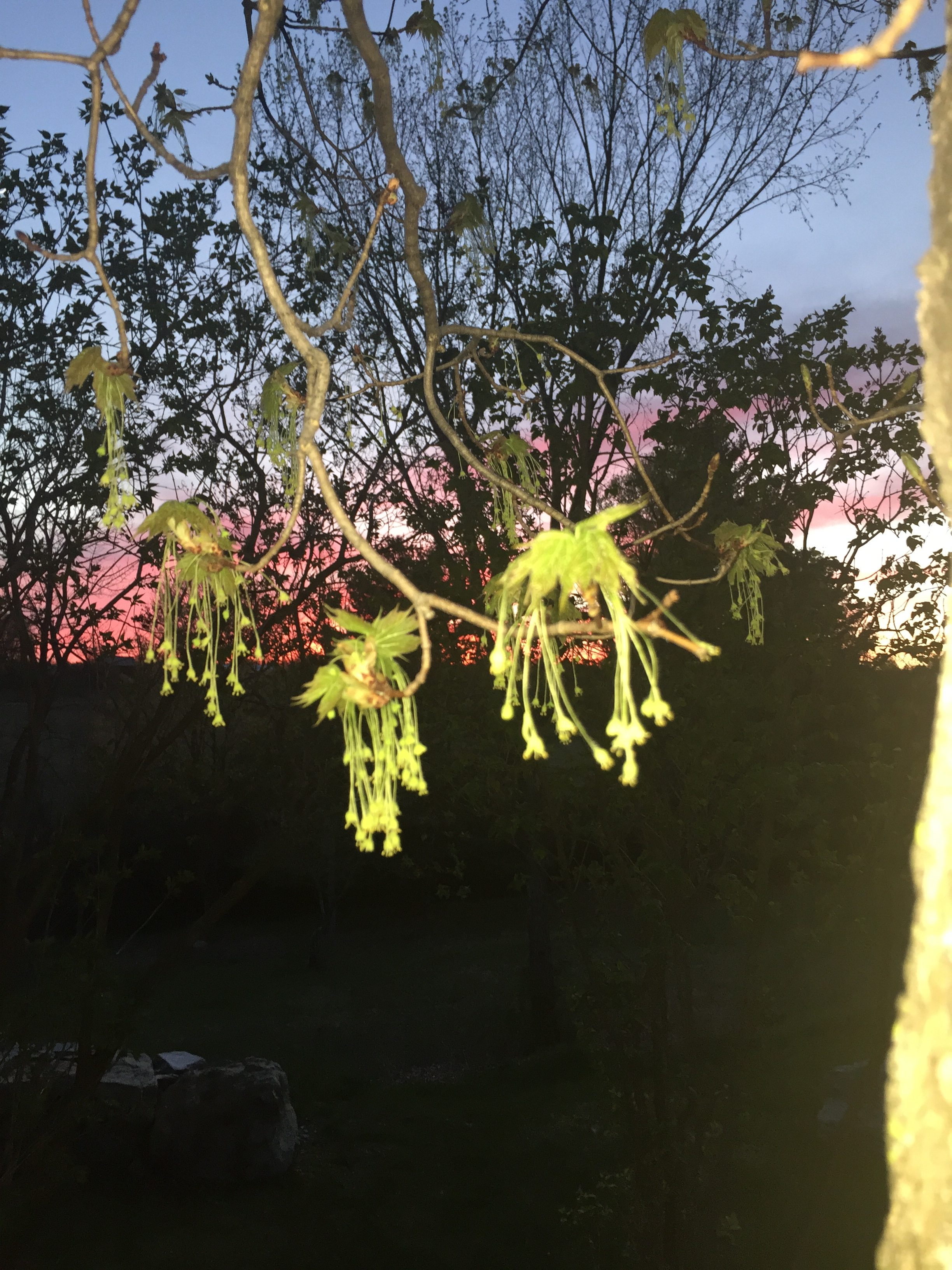Notre Dame, April 6, 2019
What is “close observation” and why is it essential to living a full and fulfilling life? It is a skill garnered from an early age. ..in many ways instinctual, and also learned from peers, parents and teachers. In my humble opinion, we don’t pay enough attention to this...to “CALL attention”...to teach: “pay attention.”
The most successful teachers I know use authentic experiences to CALL ATTENTION...and then follow up with asking/provoking their students to record what they observed in whatever “language” is available and meaningful to them (writing, drawing, dance, mathematics, etc.). This apparently simple process (so simple that it’s often ignored), is the fundamental building block of all learning...of genuine understanding. What happened? What did you sense (using all five of senses)? How would you, can you, describe it?
Saint Michael School outdoor classroom
I remember a personal epiphany with this process after college, when I was introduced to Frederick Franck by Louise’s mother, Adeline Boyd, an adjunct professor of Eastern Art at Washington University in St. Louis. The book of Franck’s that she recommended to me when she saw a couple of my sketches was The Zen of Seeing, Seeing/Drawing as Meditation. The book is a collection of Franck’s drawings and his hand written observations. It opened a whole new way of understanding the world for me.
He writes: SEEING/DRAWING is a way of contemplation by which all things are made new, by which the world is freshly experienced at each moment. It is the opposite of looking at things from the outside, taking them for granted. What I have not drawn, I have never really seen. Once you start drawing an ordinary thing, a fly, a flower, a face, you realize how extraordinary it is — a sheer miracle.
When I take the time to SEE, the world is transformed for me…I make sense of the parts in new ways…my perspective becomes more complete…my life becomes more full. There are so many experiences that I could recount for you, both in my personal reflections, in my teaching, and my teaching of teachers.
My most recent experience of the intractable value of close observation that leads to understanding was in Paris. When I saw the news headline last week that Notre Dame had burned, the gut wrenching blow I felt was directly related to these sketches I’d made only two weeks ago...one while sitting out front with 1,000 of my best friends from all over the world, and one four days later having stopped while biking along the Seine with Louise.
West transept and blooming cherry trees, Notre Dame
Neither of these sketches is really about “art.” They represent my full, undivided, completely delighted PRESENCE...really SEEING Notre Dame and drawing what I saw and felt. I understand Notre Dame in an utterly real and unfathomable way. Like feeling your breath, now here...now gone.
quick gesture sketch, Notre Dame





















